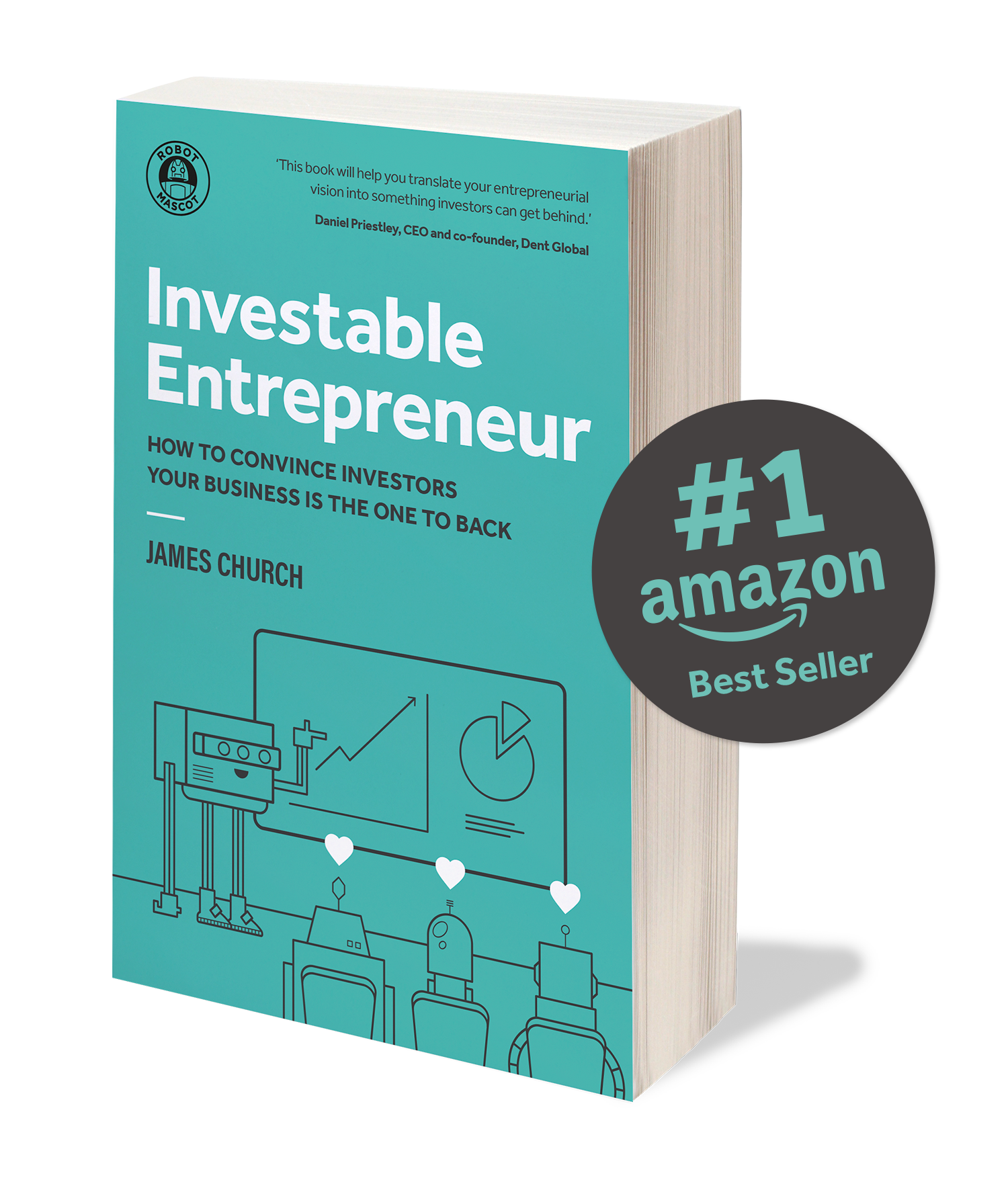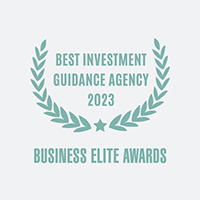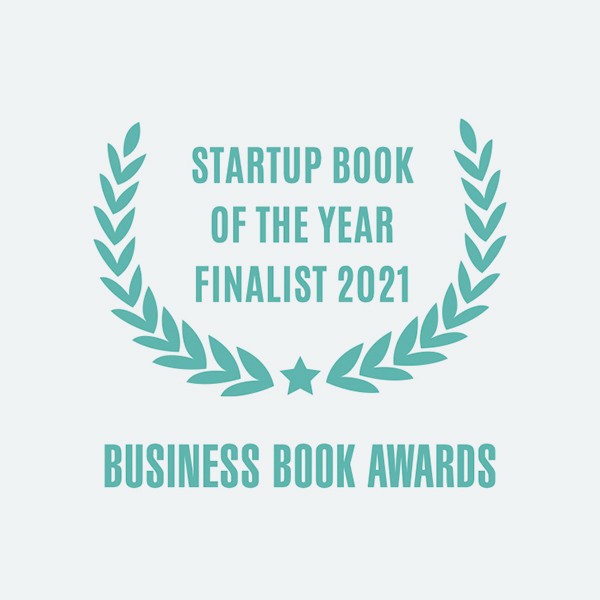

The Importance of An Exit Strategy
29th September 2022
Did you know that an Investable Entrepreneur must have an exit strategy? Investors want to invest in founders who are the total package, and that’s much more than just a great idea and a compelling vision. An essential part of a total package is the founder’s exit strategy.
What is an exit strategy?
An exit strategy is two things. In its purest form, it’s the plan an investable entrepreneur makes that roadmaps exactly how they will liquidate their position when they eventually sell their business.
Related: Startup Exit Strategy: Why You Can’t Ignore the Endgame in Your Business Plan
Investors aren’t good Samaritans. They don’t invest in startups simply because they want their founders to succeed. Investors invest in startups because they want to be rewarded with the maximum return possible when their investment reaches its end, usually at between 10 to 100 x the amount of money they injected.
Sometimes exit strategies go overlooked, but that’s a big mistake for everyone involved.
From an investor’s point of view, a founder with a clear plan from the outset on how they’re going to build a valuable and scalable business, including what their exit strategy looks like, is already well on the way to proving they’re an investable entrepreneur. Investors aren’t just looking for founders who can build exitable businesses; they’re looking for founders with a clear plan for leaving it.
That clear plan is called an exit strategy.
The other benefits of an exit strategy
Having an exit strategy isn’t just one of the three fundamentals investors want to see in your financial projections. An exit strategy helps to define your business’s objectives. If you don’t know your objectives, there’s no way you’ll be able to plan an exit strategy. Hence, an exit strategy is also an excellent way to reassure an investor that you understand precisely what you’re setting out to achieve.
It’s true that exit strategies sometimes go overlooked, and founders have occasionally forged ahead with an investment without considering an exit strategy, but that’s a dangerous approach, which is becoming rarer and rarer in these increasingly risk-averse times.
Some founders only give their exit strategy a cursory thought. Time and again, we see the same big-name brands that unimaginative founders always trot out as examples of potential acquirers in their exit strategy (Facebook, Apple, Google).
All this does is underline a) the founder’s lack of thought and preparation and b) their failure to grasp how massively important it is to an investor for a founder to have a credible exit strategy.
The other benefit of an exit strategy is that it proves the founder doesn’t just want to build a lifestyle business over the next two or three decades and then sell it as their retirement plan. It shows the founder is focused on building a high-performance, multi-million-dollar enterprise with a view to selling the business within the next five or so years.
Traditional startup investors won’t want to invest in a long-long-term retirement plan business, no matter how compelling the founder’s vision may be.
Exit strategies for startups
Startup exit strategies can be pretty varied. There are many different types to consider, including:
- Merger and Acquisition (M&A).
- Management and employee buy-out.
- Surrendering control of the company or merging it with another company.
- Creating a succession plan that allows for ownership to transfer to somebody else.
- Selling your stake to a partner or investor.
- Aquihires, when a business is bought solely to acquire its talent.
- Liquidating assets and closing the company down.
- Selling stocks or other securities to minimise losses.
- Launching an Initial Public Offering (IPO) to allow one or more of the founders and existing investors to exit while leaving the company intact. The regulatory requirements of an IPO can be complex, so it’s vital that a startup founder knows how to value their business correctly before taking it public.
Whatever the exit strategy is, it must be a solid plan with the same end result: detailing how the founders and investors will leave the business when it’s eventually sold and what the investors will gain (or, at the very least, how their risk will be minimised) when that happens.
The different types of exit deals
Most startup founders think they will sell their business for cash in one lump sum, but that’s very unlikely to happen. The reality is they’ll probably exit the business and continue receiving payments over a five-to-ten-year period. Alternatively, they may end up making a part-cash/part-share swap deal where they’ll essentially trade their shares for those of the acquirer and earn money via dividend payments and the eventual ability to sell the acquirer their shares.
Other exit deals include the seller ‘rolling over’ some of their shares, so they receive less cash on completion of the sale but have the potential to make a more significant sum overall when the business has grown in value, and they sell their shares at the same time as public equity.
A further exit deal possibility is the ‘earn-out’ when a portion of the purchase price is calculated according to how the business will continue to perform after the sale has been completed. ‘Earn-out’ means the seller will eventually be paid more highly if the performance they’re anticipating is achieved, but it also means the buyer can wait to find out if the performance is achievable before paying them.
There are a lot of different pros and cons to all these types of exit deals and exit strategies.
Exit strategy examples
One of the clients we work with has developed a piece of marketing technology that generates high-quality leads through quiz marketing.
When nailing down an exit strategy, they could easily have taken the no-brainer route of listing social media giants like Facebook and Google as acquirers. After all, that would make sense because Facebook and Google own some of the most valuable marketing technology and IP on the planet, so our client’s tech would be the perfect fit and could be easily integrated into their offering.
However, our client had identified that the biggest users of their technology were authors of business books, who were already using the tech to convert their readers into business leads. As a result, their exit strategy is to sell their business to a large non-fiction publisher who could then offer their technology as a service to their authors, thereby receiving a consistent additional income from their authors while also delivering them huge added value.
Another one of our clients is a PropTech business that has created an innovative new house-buying experience. When the time comes to exit, the obvious exit strategy would be to sell their product to established home buying disruptors like Zoopla, Rightmove, or Purple Bricks.
However, after doing some research, our client discovered that Amazon is getting into the property space in the US by working with estate agents to integrate their Amazon Alexa tech into every ‘forever home’ they list, for free! This is a smart move for Amazon because ‘forever home’ buyers tend to be looking for a property they’ll spend 30+ years living in. If they’ve just bought a house that’s fully integrated with Alexa, that means they’re almost certainly going to keep buying an Amazon Prime membership for the entire 30+ years they’ll be living there.
Because our client’s tech aligns perfectly with Amazon’s vision, they’ve not only identified Amazon as the perfect potential acquirer of their business. Being able to justify to investors why Amazon is a viable exit strategy has also made their investment offering even more compelling.
In both those examples, the founders properly considered what their exit strategy would be.
Now it’s over to you.
If you’d like to read more about becoming an ‘Investable Entrepreneur’, you can download a free copy of James Church’s bestselling book.
UP NEXT:
What’s More Important to Investors: The Idea or the Team?
Learn how to convince investors
Investable Entrepreneur takes you through our winning methodology – the process we use to increase our client’s chances of raising investment by more than 30x.
“This book will help you translate your entrepreneurial vision into something investors can get behind.”
Daniel Priestley, CEO and founder, Dent Global and four times best-selling business author

Keep up to date with what we’re up to via email






Copyright ©Robot Mascot Ltd. All rights reserved.





